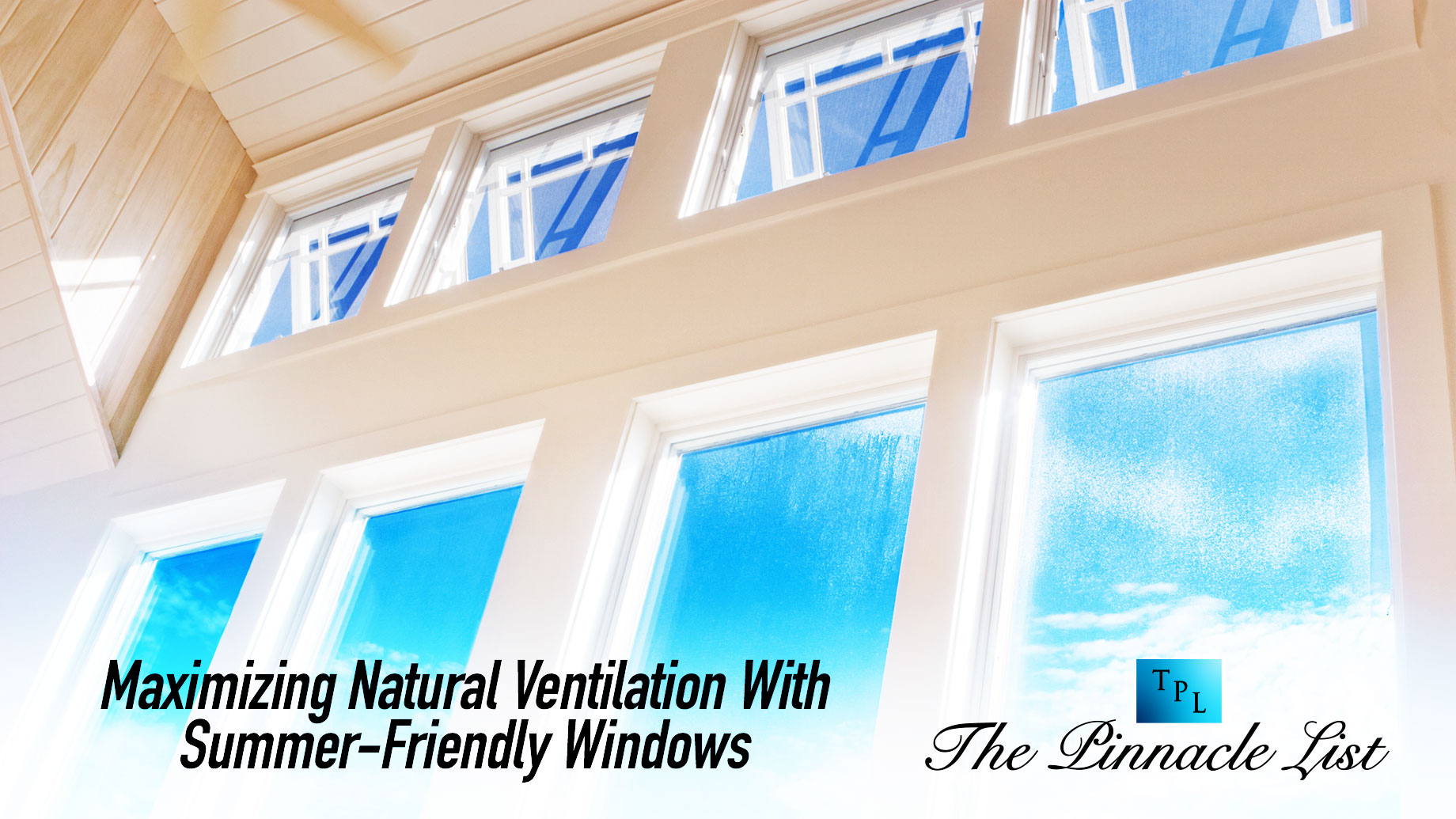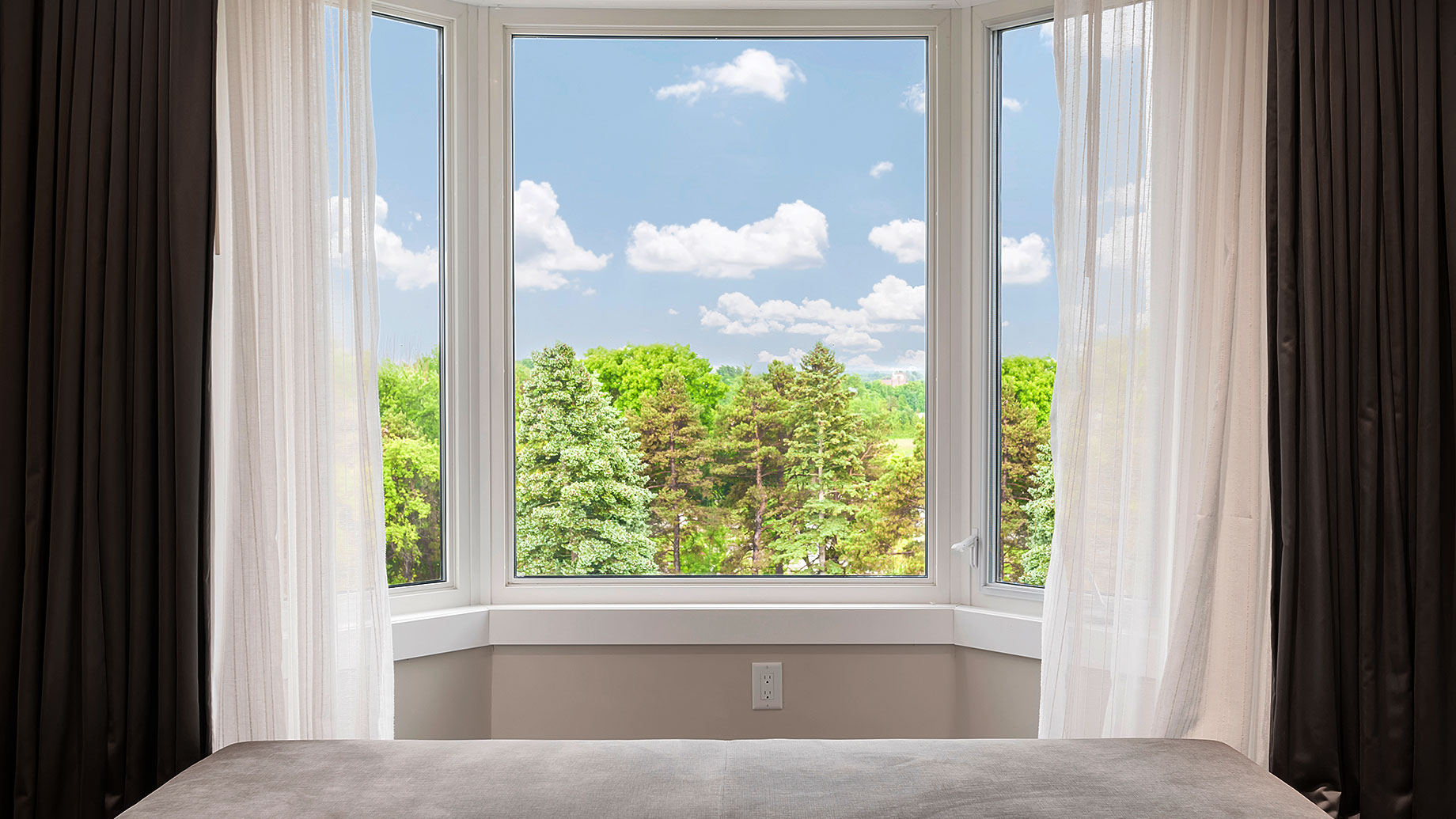
Summer has come, and the only thing that might be standing between you and a cool, refreshing home is your window design.
If you’ve asked yourself, ‘Can I get ventilation and still enjoy the summer sunshine?’ The answer is a definite yes!
But how do you do it? That lies primarily in the selection and positioning of your windows. Certain kinds, such as vinyl casement windows, offer exceptional ventilation, allowing the summer breeze to circulate freely within the home while maintaining optimal insulation.
Here are more things you should know to fully maximize natural ventilation in the summer heat:
Understand The Principles Of Natural Ventilation
Natural ventilation is about tapping into natural wind and thermal variance to freshen and cool a dwelling. This can be achieved through thoughtful window placement.
When you set windows on facing walls, it generates a cross breeze. Engineers have designed certain window types to catch and guide this breeze straight into a house’s interior. This technique doesn’t just lower the indoor temperature but also elevates the air quality within the space. And who wouldn’t appreciate a home filled with fresh air?
Choose The Right Windows
A big part of optimizing natural ventilation lies in choosing the right windows. There are various types to choose from, each with unique advantages explicitly designed to bolster air circulation and enhance the freshness within a home.
The most popular ones include the following:
- Awning windows: These consist of a top-hinged design, superb for capturing upward drafts and channeling them into a dwelling.
- Double-hung windows: They open at both the top and bottom, providing excellent ventilation control. You can open the upper portion to let hot air escape and the bottom to invite cool air in. It’s a clever design that capitalizes on natural airflow.
- Slider windows: With a larger opening area that allows for a broader airflow, these windows capture side breezes effectively.
Depending on your location and overall climate, you can compare each choice according to their sealing capabilities, crucial in warding off undesirable heat transfer. The best ones let you maintain a cooler environment during summer and a warmer ambiance in winter, all without excessive dependence on mechanical cooling or heating systems.
Consider Window Sizes
More than just for aesthetics, the size of your windows can significantly impact your home’s ventilation.
Larger windows allow more air to flow in and out. Despite this, a strategic blend of large and small windows is much better for maintaining optimal ventilation. While the latter takes on most of the air circulation duty, the small ones deftly guide the breeze into particular areas of your home.
Fix Your Ventilation
Of course, revamping certain architectural features will improve your home’s natural ventilation.
Things like vented transom windows, usually placed above doors or other windows, serve as extra channels for warm air to escape, helping maintain a comfortable indoor environment.
Meanwhile, louvered windows allow air to pass while blocking rain and direct sunlight with their adjustable slats. They allow you to manage the amount and direction of the incoming breeze.
Well-designed eaves are also incredibly valuable. When positioned correctly, they provide shade from the high summer sun, mitigating heat gain. But they still allow the lower-angled winter sun to permeate and warm your home.
Using passive ventilation systems, like solar chimneys, can be a game-changer. These structures absorb solar heat, creating an updraft that draws cool air in from lower levels and expels warm air from the top. When integrated with your window choice, these devices let you maximize natural ventilation, ensuring your home remains a comfortable sanctuary during the hot summer months.
Take Advantage Of The Stack Effect
This effect describes how hot air rises and escapes through upper openings while cool air rushes in to replace it.
As seen in the previous examples, you can turn this phenomenon in your favor with fixtures like ventilated skylights or high windows. These make excellent outlets for warm air. Combined with low-placed windows that let cool air in, they generate natural conduits for air circulation that keep your home cool.
The advantages of natural ventilation include conserving energy, trimming down your utility expenses, and maintaining a comfortably cool living space without relying heavily on air conditioning units. Plus, it gives you an excuse to open those windows and soak in the natural light and the beautiful view outside.
Cool Off The Intuitive Way

With balmy days ahead, exploring ways of getting natural ventilation within your abode is worthwhile. Thoughtful window arrangement may just do the trick.
The point is to exploit your home’s unique fixtures to get as much circulating air as possible. Consider working with an experienced contractor to determine how to improve your windows for better ventilation.